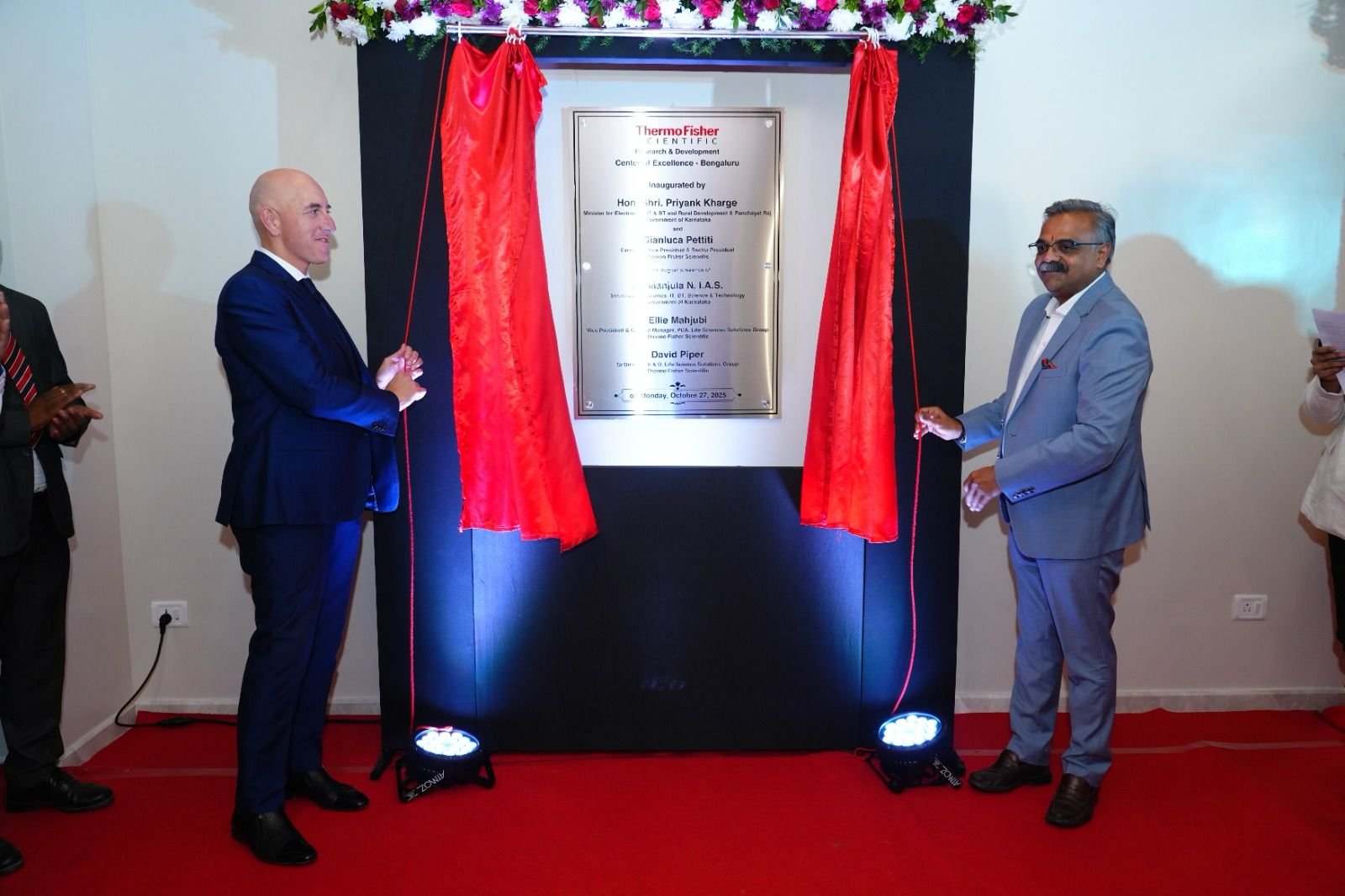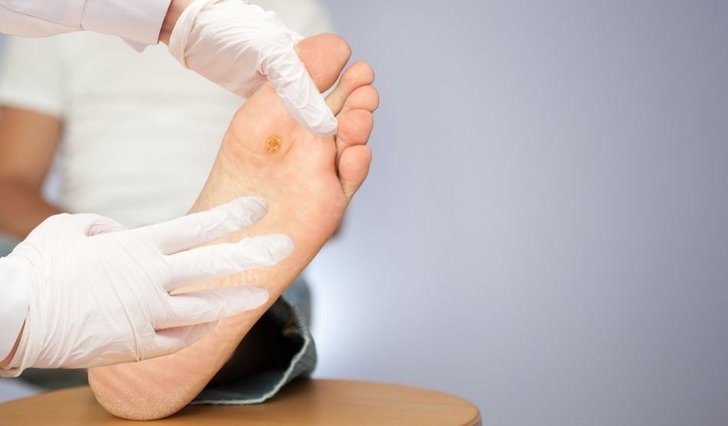“Pharma industry is looking to the government for assistance in streamlined logistic clearances from customs”
October 24, 2023 | Tuesday | Interviews
The active pharmaceutical ingredient (API) segment has been the backbone of the pharma industry and has been an active topic of discussion in the last couple of years. There has been a lot of deliberation on how the Indian API segment is preparing for China + 1 strategy. In line with this, Mumbai-based API player Supriya Lifescience foresees that India has the potential to have the largest market share for API globally. The company has successfully crossed global borders to 120 countries, harnessing over 2000 customers and building an assorted portfolio of over 40 APIs. In a detailed conversation with BioSpectrum, Dr Satish Wagh, Chairman & Managing Director, Supriya Lifescience; and Chairman of CHEMEXCIL (Basic Chemicals, Cosmetics & Dyes Export Promotion Council) talks about the growth of pharmaceutical landscape in India and how Supriya Lifescience can contribute to this growth.

What are the major highlights at Supriya Life Sciences for FY 23-24? How much is the revenue projection this year?
We aim to improve the market presence of our current product portfolio in regulated markets, such as China, the USA, Europe, and Latin America (LATAM). To achieve this, we have already secured two significant contract manufacturing organisation (CMO) agreements, which are set to bolster our revenue starting in the fiscal year 2024-25. Furthermore, we are actively expanding our manufacturing capabilities by introducing a new production block. This strategic move will effectively double our capacity to 900KL by the end of the third quarter in the fiscal year 2023-24.
Our company has a strong historical track record, with a consistent annual growth rate exceeding 20 per cent. We are committed to sustaining this growth trajectory while upholding a robust and sustainable profit margin.
What major plans are in store for FY 24-25?
We have developed a pipeline of new products to enhance our portfolio, particularly in the field of new therapies such as anti-diabetics and anti-anxiety medications. In addition to this, our company is committed to increasing our production capacity to meet the rising demand for our current offerings and to capitalise on new opportunities in the market. Our primary focus will be on strengthening and expanding our CMO business.
How is Supriya Lifescience contributing to the growth of the pharma sector in India?
As a prominent supplier based in India, we specialise in providing a wide range of API products, including those used in antihistamine, anti-allergic, and anaesthetic applications.
You are also serving as the Chairman of Chemexcil. What are the key agendas being worked upon by Chemexcil?
Chemexcil is responsible for overseeing the chemical industry, while there exists a separate council dedicated to the pharmaceutical sector known as Pharmexcil. Chemexcil primarily focuses on a range of sectors, including Organic & Inorganic Chemicals, Dyes & Intermediates, Fertilisers, Petro Chemicals, Menthol, Castor Oil & its derivatives, Detergents, Cosmetics, and Herbal products.
Chemexcil is actively engaged in promoting these industries through various initiatives. These efforts encompass participation in both international and domestic exhibitions, organizing international Buyer-Seller Meetings, advocating for the development of Bilateral Trade Policies, and providing financial support to the industry for international registrations. These activities constitute the core objectives of Chemexcil, benefiting not only the chemical industry but also its allied branches.
How is Chemexcil promoting the make-in-India initiative? What are the challenges that need to be addressed?
Our primary objective is to facilitate communication between manufacturers and the central government concerning the PLI scheme and the expansion of capacity for various industrial products. We aim to bridge the gap and address the challenges encountered during this interaction. These challenges include Pre-Import regulations; Anti-Dumping measures; Quantity-Based Controls; Environmental Compliance; Power Tariffs and Rates; Compliance with the National Green Tribunal (NGT); Poor Road Conditions and Infrastructure; Implementation of an Efficient Online System; Dealing with Water Shortages; Claims under the Remission of Duties and Taxes on Exported Products (RoDTEP) scheme; Meeting REACH registration requirements
Our goal is to overcome these hurdles and foster a productive dialogue between manufacturers and the government to promote the growth of industrial products and achieve the objectives of the PLI scheme.
What are your views on the recent quality concerns being raised on the pharma industry?
My view is that India has a great opportunity against China in the pharmaceutical industry. In recent years, this sector has witnessed a growing emphasis on regulatory compliance. Global health authorities are increasingly demanding stricter adherence to minimum impurity levels, as evidenced by the evolving pharmacopeia standards. The pharmaceutical industry is now tasked with the responsibility of upholding these stringent norms, which, in turn, can pave the way for a substantial reduction in quality-related issues.
The pharmaceutical landscape in India is poised to leverage this shift towards regulatory compliance as a means to bolster its position on the global stage. By demonstrating a commitment to meeting these rigorous quality standards, Indian pharmaceutical companies can not only enhance their reputation but also create a competitive edge that positions them favourably against China. This industry's future success hinges on its ability to adapt to evolving regulations and proactively address quality concerns, ultimately establishing itself as a formidable contender in the international pharmaceutical market.
What is the current scenario of pharma exports and what is the way forward?
The current state of pharmaceutical exports is quite positive, having experienced consistent growth over the past year. Despite facing challenges due to geopolitical factors like the conflict in Russia, the industry has managed to maintain a steady 2-3 per cent growth rate. This resilience in the face of external pressures demonstrates the robustness of the pharmaceutical export sector and its ability to adapt to changing circumstances while still achieving modest yet noteworthy growth.
What are your expectations from the government to enhance the growth of the pharma sector?
The industry is looking to the government for assistance in addressing several key challenges. This includes swift environmental clearances; streamlined logistic clearances from customs; support from the state government in meeting daily requirements for power and water while minimising interference. Addressing these issues will undoubtedly contribute to substantial growth, and I am confident that with these concerns addressed, the industry can thrive.
Dr Manbeena Chawla
(manbeena.chawla@mmactiv.com)









